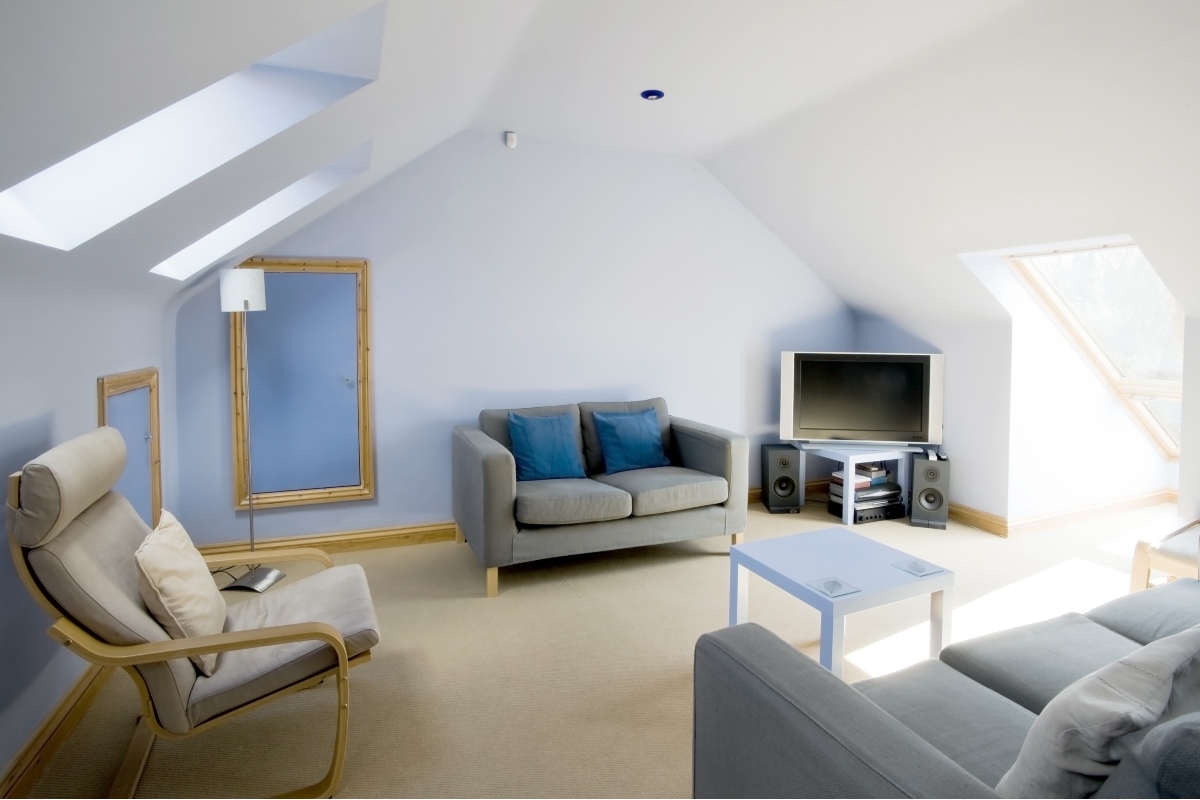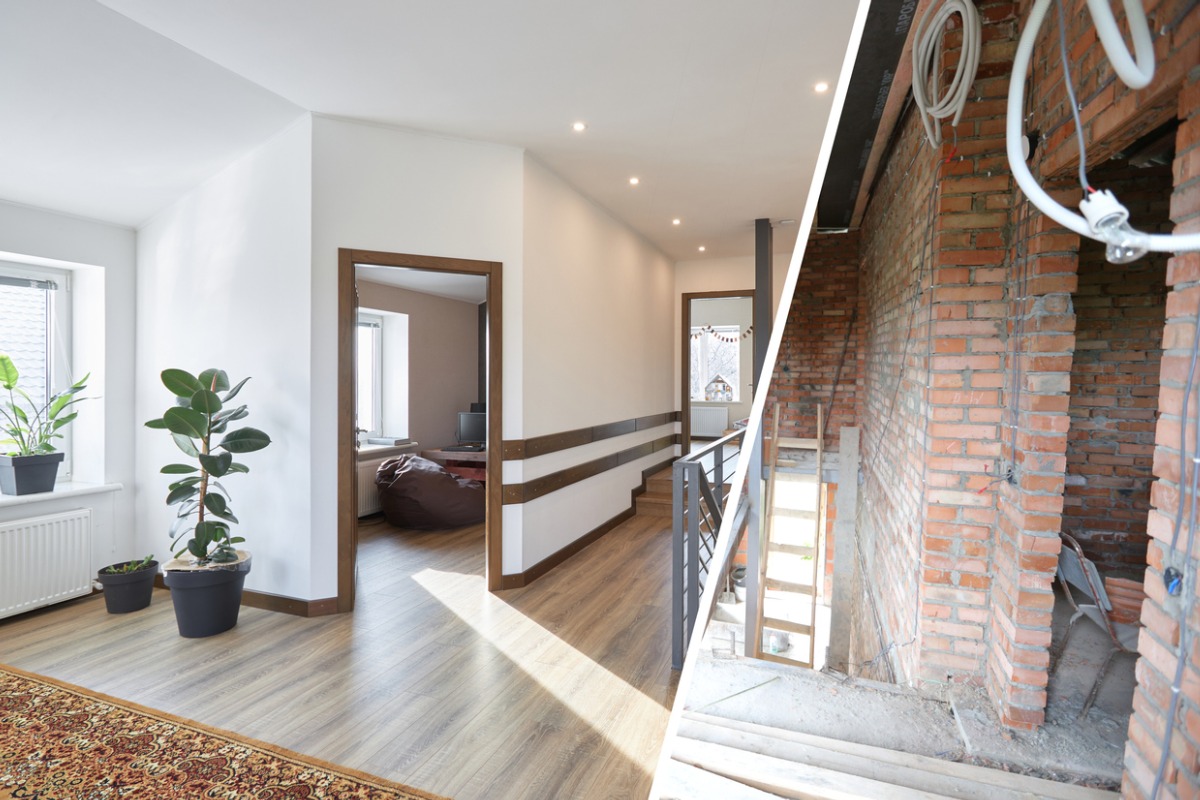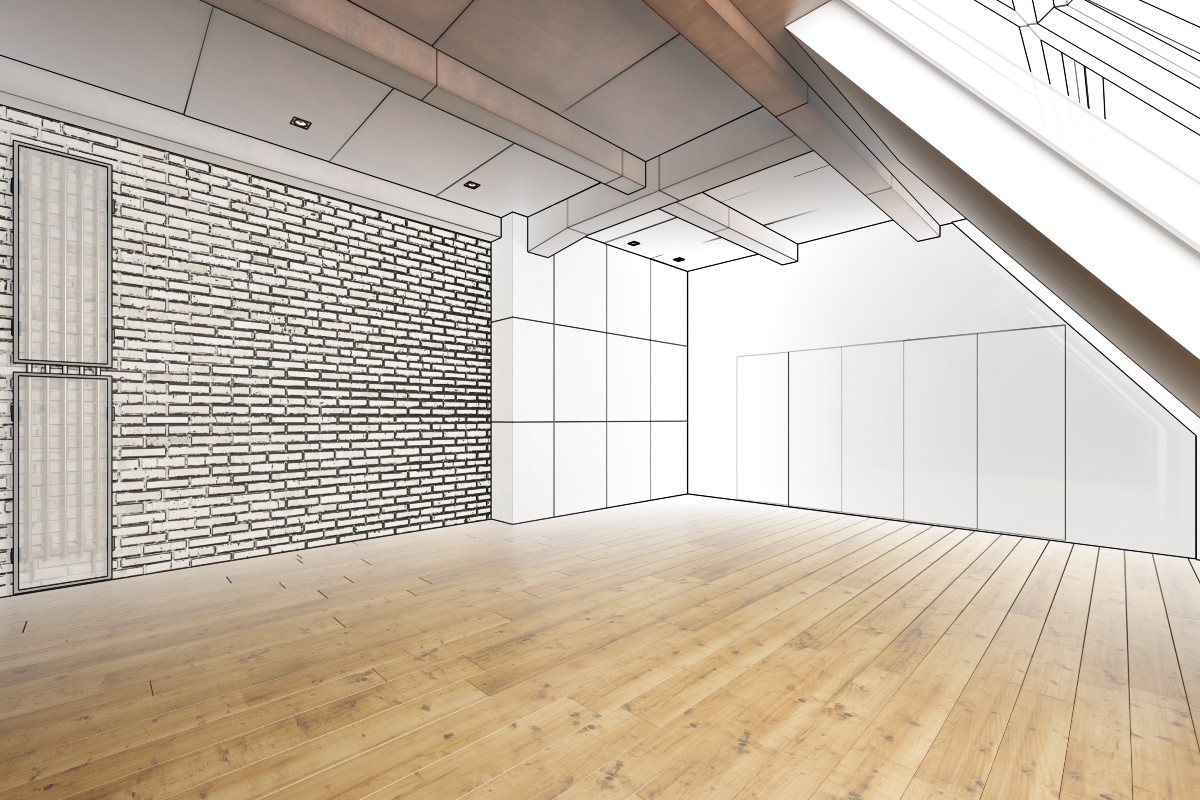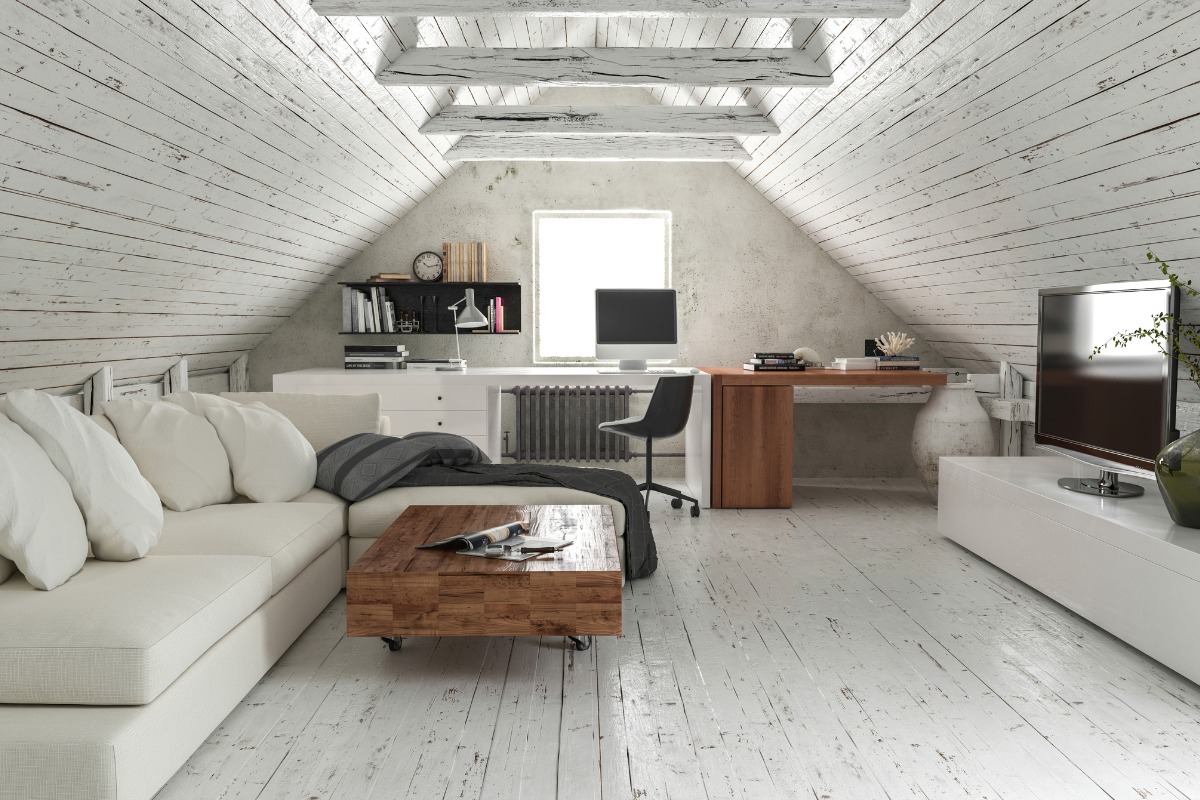A loft conversion is one of the most rewarding ways to create more space in your home. Whether you want an extra bedroom, a home office or a peaceful living space tucked away from the busier parts of the house, converting the...
Converting a garage into a cosy, practical room is one of the most popular ways to make the most of your home. A garage conversion can add value, give you much-needed extra living space, and save you the stress and cost of moving house. But before you order the paint samples or pick out new flooring, there’s an important question every homeowner asks: Do you need council approval for a garage conversion?
The answer depends on several factors. Planning permission, building regulations, listed building consent, and conservation area rules all play a role. In this guide, we’ll walk you through everything you need to know to make your conversion project smooth, legal, and successful.
Why Garage Conversions Are So Popular
For many homeowners, the garage is little more than a storage space filled with bikes, boxes, and garden tools. Converting a garage into a comfortable living space turns that underused area into something far more valuable. Families often choose to use the new room as a home office, an extra bedroom, a playroom, or even a utility room.
Beyond lifestyle benefits, a garage conversion can also add significant value to your property. Estate agents often note that the increase in market value can be greater than the cost of the garage conversion itself, making it a smart investment as well as a practical upgrade.
Most garages are structurally sound, making them an ideal starting point. By reworking the existing structure, you can often create a beautiful new space more quickly and affordably than building an extension.
Making the Most of Your Existing Structure
Unlike an extension, which requires new walls and foundations, converting your garage typically involves working with what’s already there. The existing structure provides a cost-effective foundation for your project. Most garages were built with durability in mind, so they already have a concrete slab and external walls that can be adapted.
That said, existing foundations and garage floors may need checking by a structural engineer, particularly if you’re planning major alterations. Reinforcing the garage roof or adding insulated plasterboard to the walls may also be necessary. The good news is that by upgrading rather than rebuilding, you save both time and money.
Do Garage Conversions Require Planning Permission?
The big question for many homeowners is whether garage conversions require planning permission. The good news is that, in most cases, you don’t. Thanks to permitted development rights, converting your garage into a habitable room usually falls outside of the planning system.
However, there are situations where you will require planning permission. If you live in a listed building or conservation area, the rules are stricter. External alterations, such as replacing the garage door with large windows or changing the roof covering, may also require approval. And if you plan to convert a detached garage into a self-contained home or business premises, you’ll almost certainly need to gain planning permission.
Situations Where Planning Permission Is Needed
You may need to apply for permission if your conversion project involves major changes. For example, homeowners in conservation areas often face restrictions, even for internal work. If your house is a listed building, listed building consent will be required for almost any alteration.
Similarly, if you plan to change the use of the space significantly — for instance, turning a detached garage into a rental unit or a separate dwelling — approval from your local authority is essential. Even altering the external ground level or replacing the pitched roof with a flat roof could trigger the need for planning consent.
Listed Buildings and Conservation Areas
Living in a listed building or a conservation area adds extra layers of complexity. Listed building consent ensures any changes respect the heritage of the property, while conservation area restrictions protect the character of the wider neighbourhood.
If you’re in either situation, always check with your local authority before starting your garage conversion project. Failing to secure the right permissions can result in costly enforcement action, and in some cases, you may even be required to undo the work.
Building Regulations and Why They Matter
Even if planning permission isn’t required, building regulations will apply. Every garage conversion needs building regulations approval because you’re changing the use of the space into a habitable room.
Building regulations encompass a wide range of aspects, from structural safety to energy efficiency. Insulation is a big focus, since most garages were not designed as warm living spaces. Fire safety measures, ventilation, and natural light are also carefully considered. Electrical wiring must meet strict standards, often requiring a separate consumer unit or its own miniature circuit breaker.
Ultimately, the aim of building regulations is to ensure that your newly converted space is safe, comfortable, and fit for everyday use.
Fire Safety and Escape Routes
Fire safety is a critical part of any garage conversion. Depending on the design, you may need to install a fire door between the converted garage and the main house, fit smoke detectors, or provide an alternative escape route. If your new room is an inner room — one that can only be accessed through another room — fire safety checks become even more important.
Insulation and Comfort
To make a converted garage truly comfortable, insulation upgrades are essential. Garage conversion wall insulation, insulated plasterboard, and roof insulation will all help the space retain heat. Both flat roof and pitched roof designs must be assessed to ensure they meet current thermal standards.
The garage ceiling and garage floors may also require upgrades. A concrete slab floor often needs damp-proofing and a final floor covering to bring it up to standard. Adding new flooring not only improves insulation but also creates a polished finish.
Electrical and Plumbing Requirements
Most garages weren’t built to handle the electrical demands of a modern living space. During a garage conversion, electrical wiring is typically upgraded, with a consumer unit or separate consumer unit added to ensure safety. In some cases, your electrician may recommend installing your own miniature circuit breaker for the new room.
If you plan to use the space as a utility room with appliances like washing machines, you’ll also need proper plumbing and ventilation. This is another area where professional input is essential.
Garage Floors and Foundations
Garage floors often sit lower than the rest of the house. This means they may need to be raised or reinforced with a new concrete slab. Adding insulation beneath the new flooring ensures the room stays warm, while a final floor covering, such as laminate, carpet, or tiles, completes the look.
Your existing foundations should also be assessed. Most garages have adequate bases, but if you’re making structural changes, a structural engineer may need to confirm they’re strong enough.
Natural Light and Ventilation
Good ventilation and natural light are essential in a habitable space. Building regulations specify minimum requirements, so you’ll need to factor in windows, extractor fans, or roof lights, depending on the design. A bright, well-ventilated converted garage feels more welcoming and ensures healthy air circulation.

How Building Control Works
Building control is the process by which your local authority or a private inspector ensures your project complies with building regulations. There are two main ways to apply.
A building notice is the simpler option, often used for straightforward garage conversions. You must notify the local building control department before starting, and a building control officer will inspect the work as it progresses.
For more complex projects, a full plans application is recommended. Here, detailed drawings are checked and approved before work begins. This gives you confidence that your design meets all standards, reducing the risk of costly surprises later.
Converting a Garage vs Building an Extension
When weighing up whether to extend your home or convert your garage, cost and disruption are key factors. Converting your garage usually works out cheaper and quicker, since you’re adapting an existing structure. The footprint of the main house remains unchanged, keeping you within permitted development rights.
Extensions, by contrast, require new walls, foundations, and roofs. This makes them more expensive and time-consuming. That said, single-storey garages with a flat roof or pitched roof may still need structural upgrades. A structural engineer can advise whether roof covering or reinforcement work is needed.
Typical Garage Conversion Cost
The cost of a garage conversion varies depending on its size, finish, and complexity. A single garage conversion usually costs between £7,000 and £15,000, while a double garage can range from £15,000 to £30,000 or more. Partial garage conversions, where part of the space remains as storage and part is converted into a new room, typically start at around £5,000.
These figures cover essentials such as insulated plasterboard, electrics, new flooring, and compliance with building regulations. High-end finishes, bespoke joinery, or underfloor heating will naturally increase costs. Still, many homeowners find that the value a garage conversion adds outweighs the initial outlay.
DIY Garage Conversion – Is It Possible?
A DIY garage conversion might sound tempting, especially for those confident with DIY projects. Painting, decorating, or laying new flooring are tasks many people can handle. But tackling structural changes, garage conversion, wall insulation, or electrical wiring is another matter.
Without professional expertise, it’s easy to fall foul of building regulations. For that reason, most homeowners choose to work with a garage conversion specialist. This ensures the finished project is safe, compliant, and comfortable, making it a worthwhile investment.
Working With Professionals
In addition to builders and electricians, you may need advice from a structural engineer. Their input is essential if you’re altering load-bearing walls, reinforcing a flat roof, or upgrading single-storey garages.
If your garage wall adjoins a neighbour’s property, you may also need to consider party wall agreements before beginning work. This formalises the process and prevents disputes.
Utilities and Electrics in a Converted Garage
Heating, electrics, and ventilation are crucial to making the newly converted space usable all year round. Many homeowners choose to extend their central heating, while others opt for electric radiators or underfloor heating.
Electrics need upgrading, with adjustments to the consumer unit or a separate consumer unit often required. A miniature circuit breaker may also be installed to ensure the system's safety. With the right setup, your new room will feel just as comfortable as the rest of your home.
Habitable Room Standards
When converting your garage, you’re creating a habitable room. This means it must meet standards for warmth, light, and safety. The building regulations outline what constitutes habitable space, covering everything from ceiling height to ventilation requirements.
Whether you’re planning a bedroom, a home office, or a home study, your conversion must function like any other room in the house. That means sound insulation, safe electrical wiring, and appropriate heating.
Getting the Right Certificates and Paperwork
Even if you don’t need planning permission, applying for a lawful development certificate is wise. This document confirms that your garage conversion was carried out in accordance with the relevant regulations. It can be invaluable when selling your home, as buyers often want reassurance that the work meets regulations.
Common Uses for a Converted Garage
Garage conversion space is incredibly flexible. Many people turn theirs into a home office, gym, or utility room. Others create an inner room for relaxation or a guest bedroom for visitors. In some cases, homeowners use the converted garage as a small rental unit, although this usually requires planning permission.
The possibilities are endless, and the beauty lies in tailoring the new room to suit your lifestyle.
Conclusion
So, do you need council approval for a garage conversion? In most cases, planning permission isn’t necessary thanks to permitted development rights. However, you will always need building regulations approval to ensure your new room is safe, comfortable, and compliant with the law.
The Conversion Guy - A Trusted Garage Conversion Specialist in Derbyshire & Staffordshire
Are you ready to take the plunge and transform your garage into a warm, welcoming living space? Well, look no further! The Conversion Guy is committed to providing you with a garage conversion experience that is unparalleled.
With over 40 years of experience in garage conversions, we are looking forward to helping you turn your garage into a functional and beautiful space! We love talking conversions, so be sure to get in touch today or book a free consultation and start your journey towards a more spacious, versatile home.
From the Learning Centre
Explore our resources and learn about pricing, bathroom refits, kitchen kitchen renovations, loft conversions and many other home improvements in our Learning Centre








